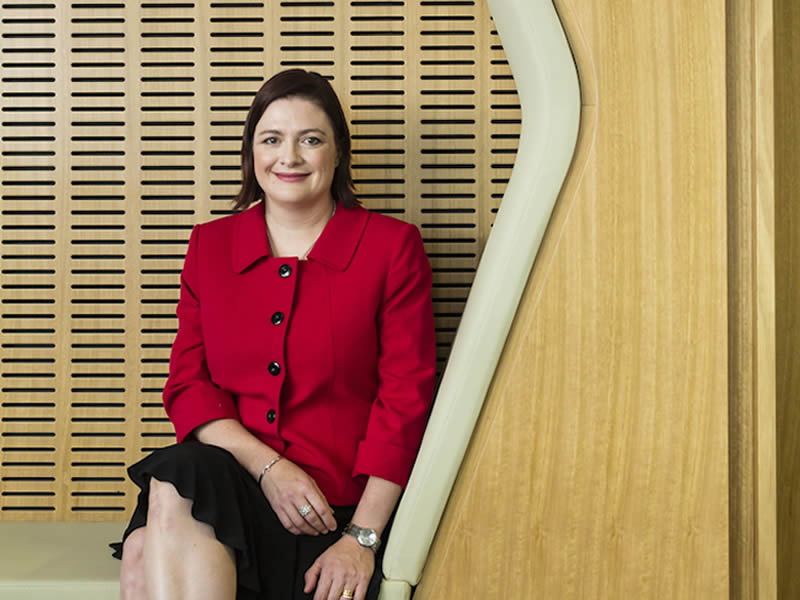With more attention and more money being applied to building local defence capability, the Department of Defence has set ambitious new targets for getting more STEM-qualified women into technical roles across the service.
Defence will now work toward a 50 per cent rate for women’s participation across key research and innovation career pathways, including Defence Science and Technology Group but also across the different services and civilian Defence personnel.
The change applies to Defence’s Australian Public Service science, technology, engineering and mathematic (STEM) entry level programs, including its STEM Cadetship Program as well as the Research and Innovation Pathway of the Defence Graduate Program.
Assistant Defence Minister Matt Thistlethwaite said these entry level programs currently have a participation rate by women of about 25 per cent, meaning there remains a lot of work to be done.

While it could be difficult to match starting salaries with the private sector in some STEM roles in Defence, Mr Thistlethwaite said the Defence technology environment was attractive for other reasons, including the breadth and depth of the technology projects that are available to ambitious researchers.
“What Defence offers is a good stable long-term career, working on some of the most innovative and important projects that the nation has [on offer],” he said.
“You’re going to be at the cutting edge of innovation if you take up a career at the Defence Science Technology Group. There’s no doubt about that.
“The pace of technological advancement, in Defence, particularly in weapons in cyber and in space, over the last decade is astronomical. That’s why we need more people with the skills to ensure that Australia can keep pace and maintain a capability edge into the future,” Mr Thistlethwaite said.
In addition to boosting STEM women in entry level programs, Defence has also set a fifty per cent target for women in its mid-career Navigate Program.
Based on a successful pilot in 2022 which attracted 43 per cent women, Navigate is now an ongoing program which brings experienced STEM professionals into Defence from industry and academia.
Participants typically complete two six-month rotations in different areas of Defence before securing ongoing placement within Defence Science and Technology Group.
The rotations give these mid-career STEM specialists some Defence-specific skills and gives individuals a better understanding of how they can contribute in the context of defence technology. Applications for the next Navigate cohort close on June 25.
Chief Defence Scientist and head of the Defence Science and Technology Group Professor Tanya Monro says only about 20 per cent of the technical roles at the DSTG were filled by women.
“The Defence strategic review requires us to make sure that our nation harnesses the very best science and technology minds,” Professor Monro said.
“And if we only have 20 per cent of our DSTG workforce in technical roles being female, then we are not harnessing the best of our nation,” she said.
“Our ambition here is to signal really overtly to the Australian community, to girls who are picking subjects at school, to young women picking courses of study at university and to women in the workforce, that a STEM background can allow them to make a profound difference to our nation’s Defence and national security,” she said.
By setting targets for women’s participation in our STEM entry programs, Defence will draw more fully from Australia’s talent pool, Professor Monro said.
That would allow Defence science to deliver greater impact to the defence forces, she said.
Do you know more? Contact James Riley via Email.

